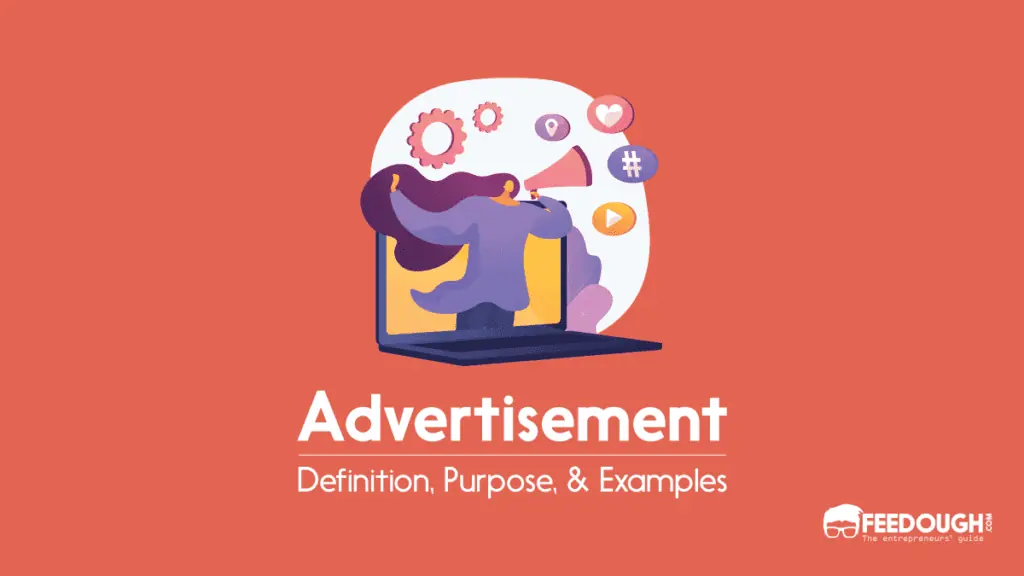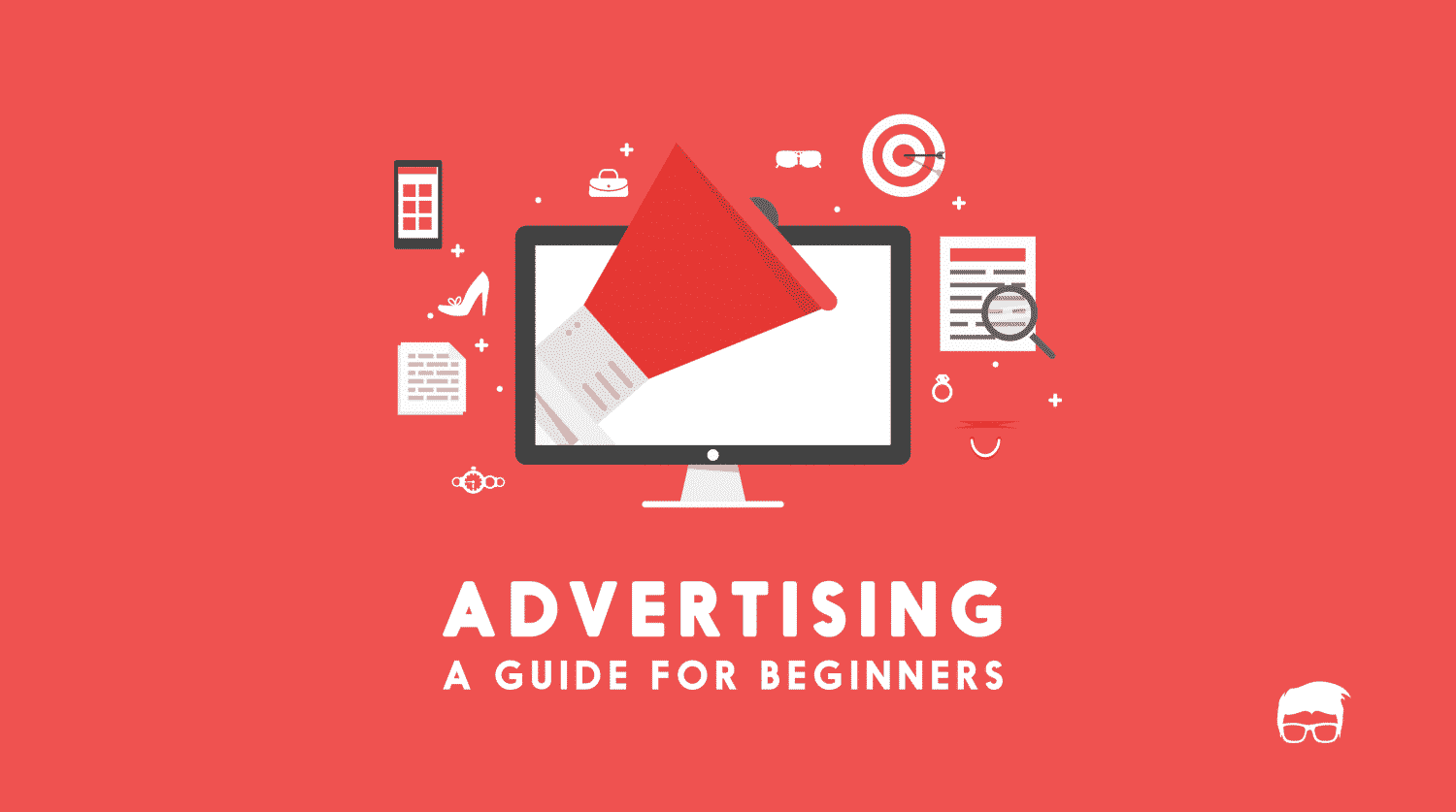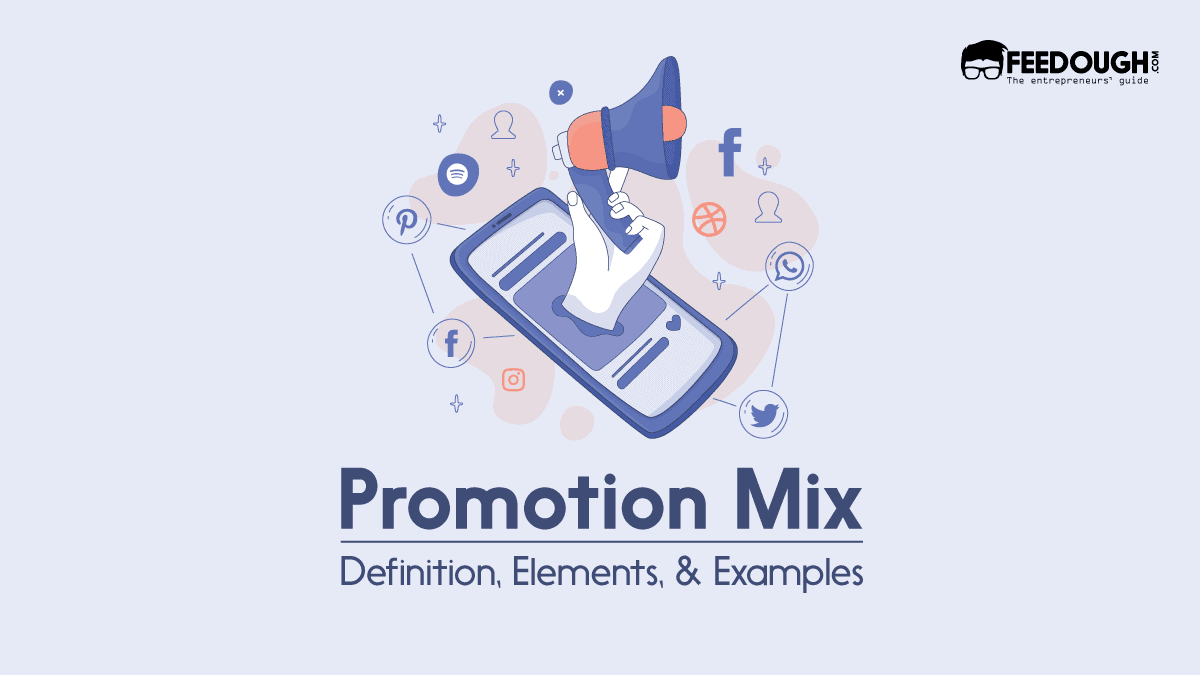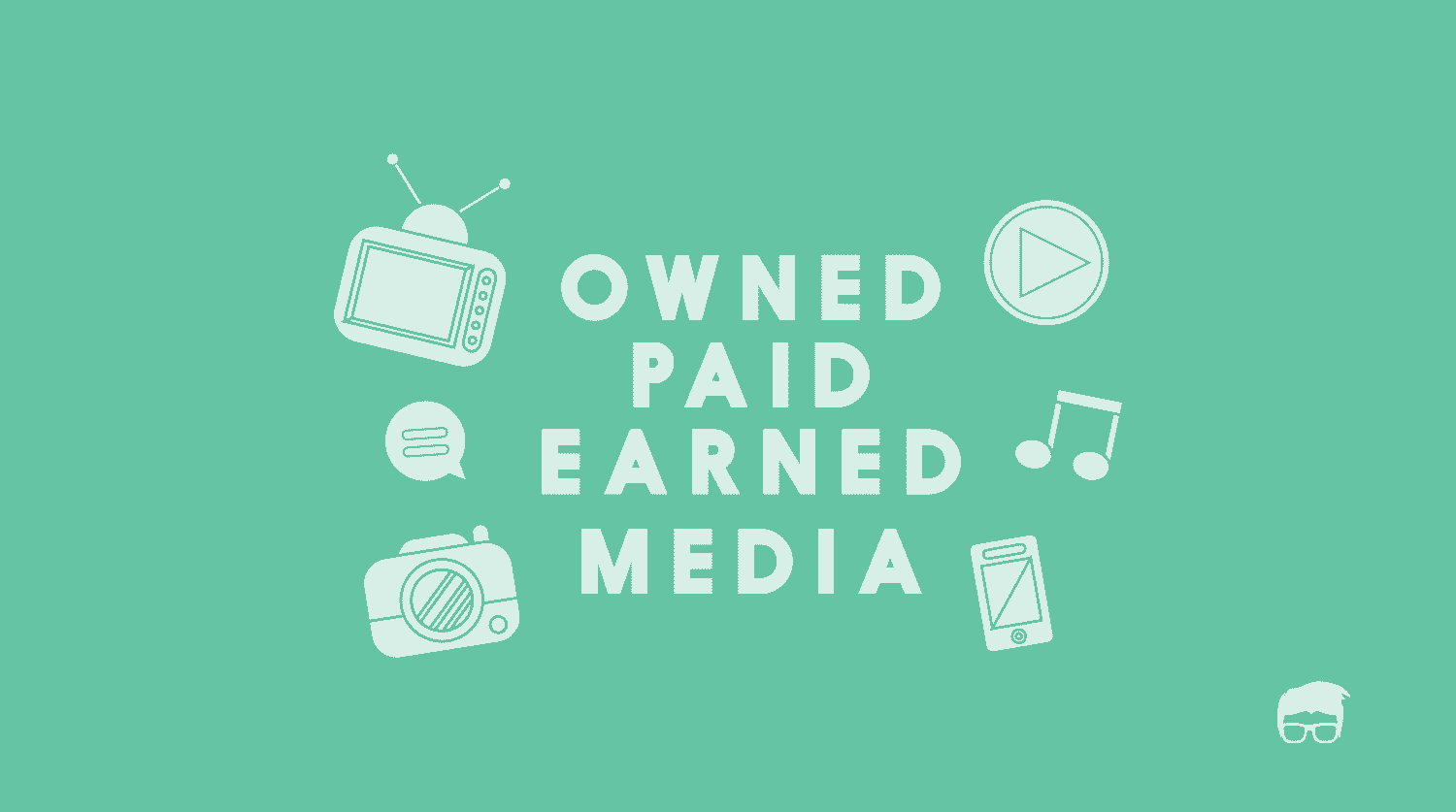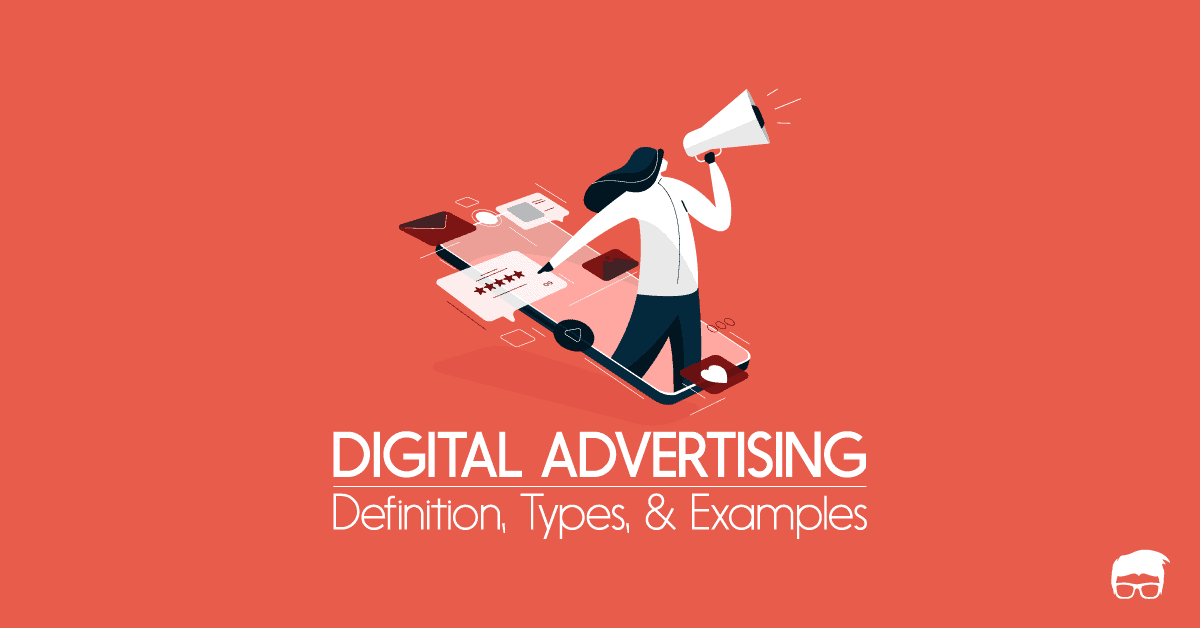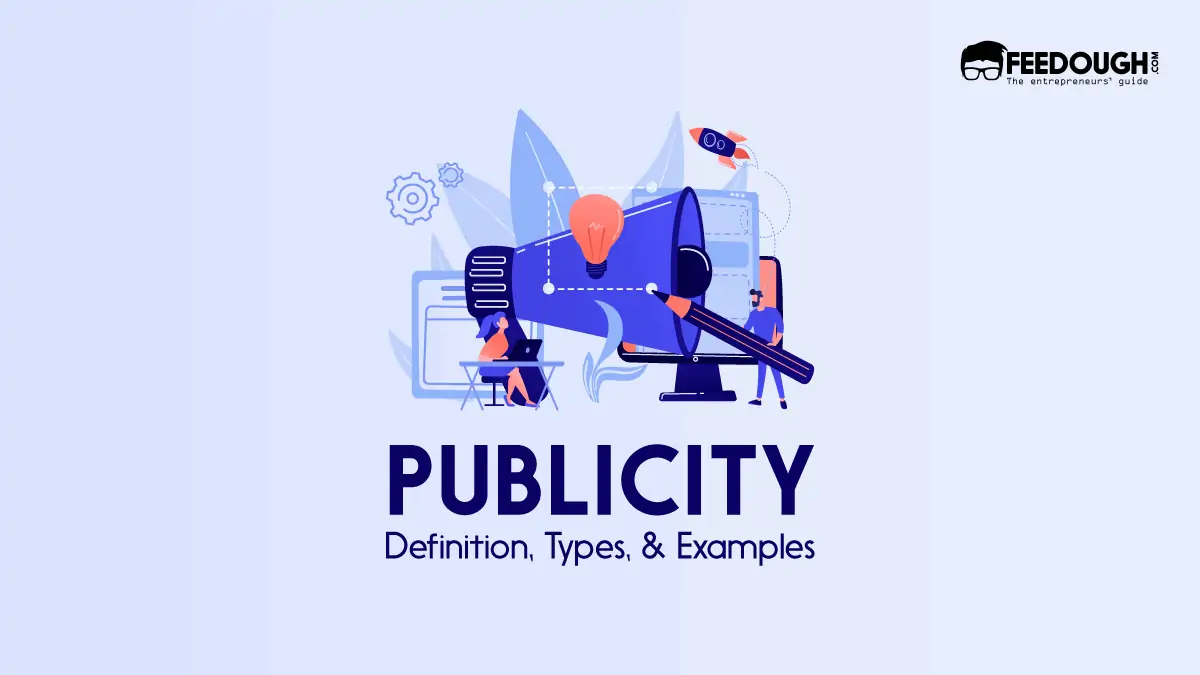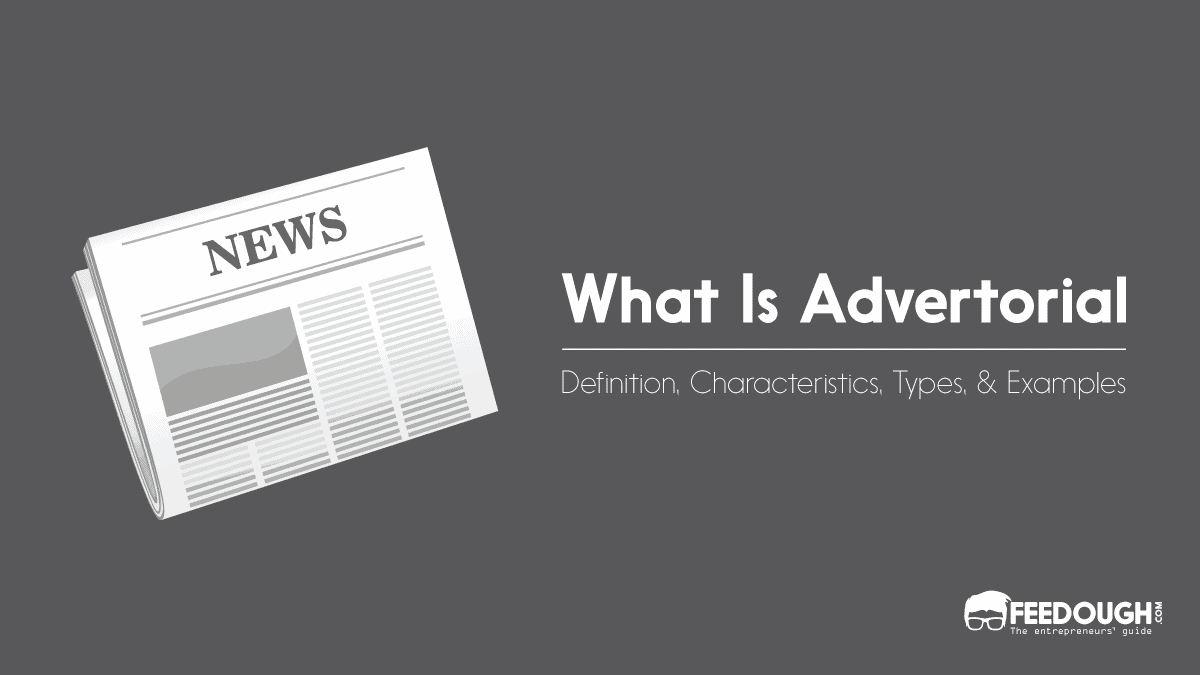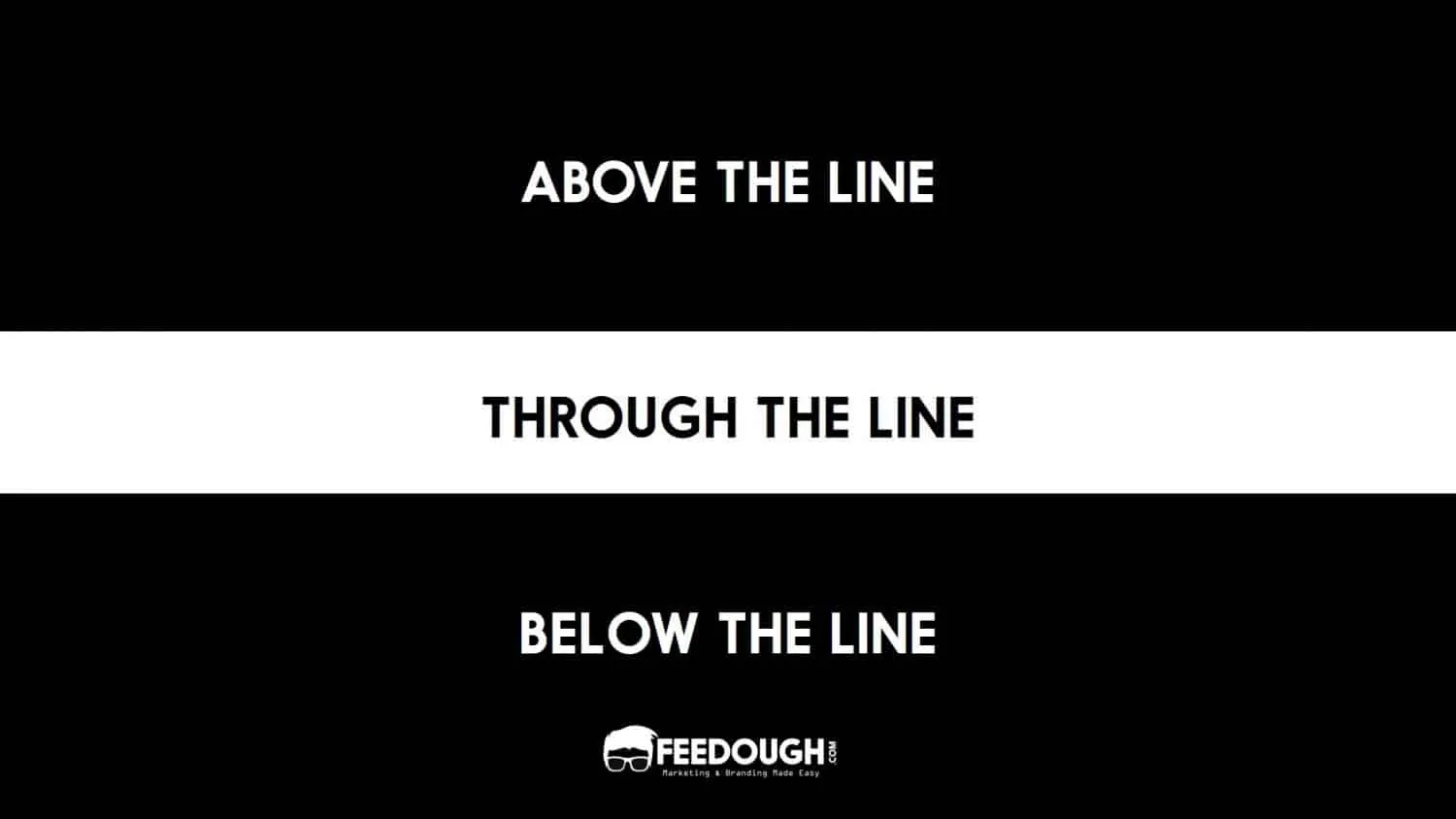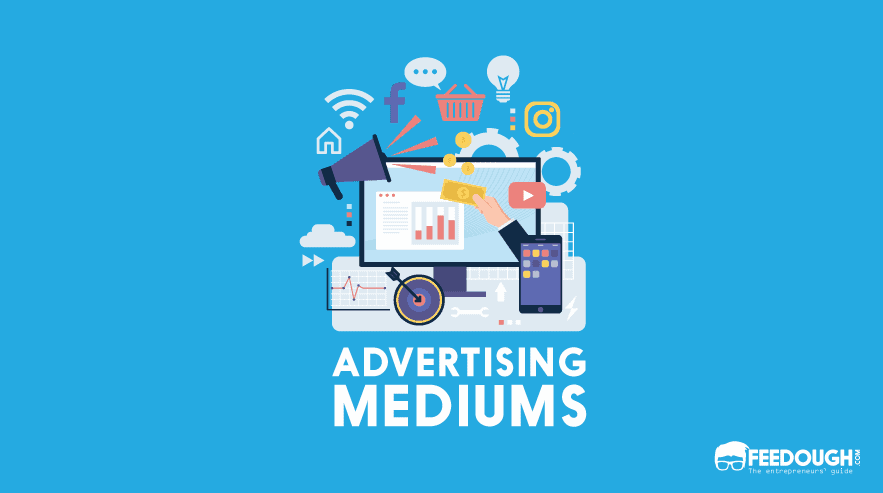Advertisements come in various shapes, sizes, and forms, be it a thirty-second spot on TV, a radio jingle, a newspaper promotion, or a highly personalised promotion on a social media platform.
But how do you define an advertisement, what is its purpose, and why is it important?
What Is An Advertisement?
An advertisement is a paid promotional tool backed by an identified sponsor to call public attention to an offering or a brand.
This definition of advertisement can be divided into three parts
- It’s a paid promotional tool: Advertisements are paid promotional messages communicated by some mass communication media.
- An identified sponsor backs it: Advertisements are backed by identified sponsors called advertisers who pay to create advertising messages, buy media slots, and monitor advertising efforts.
- It aims to call public attention towards an offering or a brand: Advertisements are intended to inform the target audience about a particular offering or a brand or influence them to do certain tasks.
In simple terms, an advertisement is a paid communication message intended to inform people about something or influence them to buy, try, or do something.
Types Of Advertisements
Advertisements can be categorised into five different types based on what advertising medium a brand uses to communicate its message.
Print Advertisements
Print advertisement is a mass advertisement strategy that uses hard copy printed mediums like newspapers, magazines, brochures, flyers, etc., to communicate the advertisement message to the customers.
It is one of the oldest advertisement types that majorly target and cater to a literate audience.
Broadcast Advertisements
Broadcast advertisements are mass marketing tools that use broadcast mediums like TV and radio to spread the advertising message to a wider audience.
These ads rely more on visual communication and hence can target everyone with access to such mediums irrespective of their literacy level.
Outdoor Advertisements
Outdoor advertisements or out-of-home advertisements are ads that reach customers out of their homes. They use mediums like billboards, buses, taxis, or street elements.
Outdoor advertisements can be digital or traditional, but all of them are targeted to a geographically oriented target audience.
Digital Advertisements
Digital advertisements are technology-powered advertisements that use online or digital paid channels to communicate the marketing message to the target audience. Such ads appear online or on digital channels like websites, search engines, social media platforms, mobile apps, and other digital channels.
Product Or Brand Integration
It involves brand or product placement in entertainment media like TV shows, OTT series, YouTube videos, etc., where the brand is interwoven within the script without looking salesy.
Instead of being interruptive advertisements, these ads form the script or a part of the entertainment media and communicate the message in a better-scripted manner.
What Is The Purpose Of Advertisement?
Even though advertisements come in various shapes, sizes, and types, they have just one purpose: communicating the brand or marketing message to the target audience by paying for it.
What Are The Objectives Of Advertisements?
Advertisements can be released with numerous objectives depending upon the type of business, marketing campaign, campaign requirements, etc. However, these objectives can be categorised into three prominent objectives –
- To Inform about the brand or offering and increase the brand awareness and brand exposure in the target market.
- To Persuade the customers to perform a specific task like buy or try a product or provide some information.
- To Remind and reinforce the brand message and reassure the target audience about the brand vision.
Besides these three main objectives, advertisements also focus on:
- Building brand: One of the objectives of advertisements is to let the world know about the brand and build brand equity.
- Increasing sales: It aims to fulfil the short-term sales goal of the business.
- Creating demand: Advertisements aim to create both short-term and long-term demand for the brand and its offerings.
- Engaging with the target audience: Advertisements try to develop relationships with the target audience.
- Expanding customer base: Attracting new customers and expanding the existing customer base is one of the important objectives of advertisements.
- Changing customers’ attitudes: Sometimes, advertisements are important to influence and change customers’ attitudes towards the brand or offerings.
Importance Of Advertisement
Advertisements are important for both the business and the customers.
For The customers
- They increase awareness: Advertisements inform the customers about the available products in the market and help them choose the best product that would solve their problems or satisfy their needs.
- They make decision-making convenient: Advertisements communicate the brand message along with the benefits of the brand and offerings. This makes the customer decision-making process easy as the customers get to know what suits their requirements and budget better.
- They ensure better quality: Advertisements include numerous said and unsaid promises that the advertiser must fulfil to sustain in the market. This ensures quality as a brand wouldn’t want to waste money on false promises.
For The businesses
- They lead to sales: Advertisements increase brand awareness and result in more sales as more and more people enter the brand’s sales funnel.
- They create awareness: Advertisements increase brand awareness and brand exposure and inform the target audience about the offering.
- They help build a favourable brand image: Smart advertising help develop a favourable brand image that aligns with the brand identity and helps the business achieve marketing objectives sooner.
- They help differentiate the product: Advertisements aim to position the brand and offering uniquely in the customers’ minds. This eventually results in differentiating the offering from the competition.
- They increase the brand’s goodwill: Advertisements reiterate the brand’s mission and vision and increase its goodwill among the target customers.
Characteristics Of An Advertisement
No matter what medium a business use to advertise its offerings, all advertisements come with a similar set of characteristics. These are:
- Paid form: Advertisements are not free. A free advertisement is either publicity or public relations. Advertisements always require the advertiser to pay to develop and communicate the advertisement message.
- Promotional tool: Advertisements form an important element of the promotion mix of an organisation.
- One-way promotion: Advertisement involves only one-way communication of message where the business communicates its message to the target audience using different advertising mediums.
- Targeted or non-targeted: Advertisements can be both targeted or non-targeted where the advertiser target masses or individuals according to their demographics, geographic location, attributes, and behaviour.
Advantages Of Advertisements
- Increases demand: Ads communicate the brand message to a large pool of audience, triggering the need to buy the business’s offerings. This, in turn, increases the offering’s demand in the market.
- Helps in brand building: Ads work effectively in marketers’ attempt to align the brand image with their brand identity giving rise to a favourable brand in the market.
- Plays a key role in product launch: Ads play a key role in communicating a product launch to the target audience and creating demand for the new product.
- Boosts existing customers’ confidence: Ads also make sure to reassure existing customers about their decision in a particular brand. The advertising messages are drafted in such a way so as to generate a feeling of pride among existing customers for using the brand’s offerings.
- Attracts new customers: Advertisements help the business in achieving its marketing objectives and gaining new customers.
- Reduces customer turnover: Ads reinforce the brand promise by communicating the benefits of the offering, brand values, mission, and vision. This helps in gaining more loyal customers and reducing customer churn rates.
- Educates the customers: Advertisements educate the customers about the essential product-related, industry-related, and market-related information that they should know about before, during, and after purchasing the offering.
Disadvantages Of Advertisements
- Increases the costs: Ads add to the business’s marketing costs that are eventually added to the product’s price borne by the customer.
- Confuses the buyer: Too many advertisements of similar offerings with similar claims confuse buyers who tend to make wrong decisions by being influenced by such ads.
- Can be misleading: Ads can often mislead the customers into making decisions that they should not take.
- Can waste resources: Developing ads result in several wasteful resources that can be prevented otherwise.
- Multiplies customer needs: While ads create demand, some advertisements may lead to developing demand for products that are often not needed in the routine life, hence multiplying customer needs that may backfire on the customer.
Advertisements Examples
An average human sees 4,000 to 10,000 advertisements in a day. From TVs to mobile phones to even taxis, advertisements are everywhere. Here are some examples of notable advertisements in the world.
TV Ads Example
TV ads are known to be visually compelling messages with
- Audience-appropriate humour,
- Relatable characters & situations,
- Simple & upbeat storyline, and
- Emotional connection.
Old Spice’s “The Man Your Man Could Smell Like” advertisement is a great ad that has all such characteristics.
Radio Ads Example
Radio ads are considered great when they are
- Attention-grabbing,
- Novel,
- Memorable,
- Consistent, and
- Emotion-laden.
A great example of such a well-developed radio ad is The Volkswagen Mystery that featured Stephen Hawking.
Print Ads Example
A well-developed print ad has the following elements:
- Attention-grabbing headline
- The immediate benefit for the reader
- Detailed body
- Convincing CTA
A great example of such a print advertisement is Ecovia: Stop the Violence.

Outdoor Ads Example
An apt outdoor ad communicates the message quickly, memorably, and repeatedly. A good example of such an outdoor ad is Belt Up.

Digital Ads Example
Digital ads are usual ads but on digital mediums. These ads are promotional, persuasive, targeted, creative, consistent, and personalised. Fitbit Stories: “#MyReasonIs”
Go On, Tell Us What You Think!
Did we miss something? Come on! Tell us what you think about our article on what is advertisement in the comments section.
A startup consultant, digital marketer, traveller, and philomath. Aashish has worked with over 20 startups and successfully helped them ideate, raise money, and succeed. When not working, he can be found hiking, camping, and stargazing.
